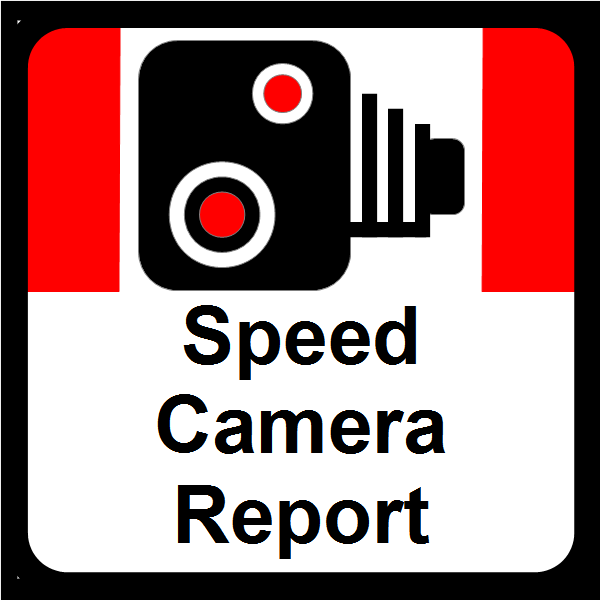Fixed and mobile speed cameras

This report investigates the effect of speed cameras on the number of collisions on the roads where they operate.
It includes all of the speed cameras (fixed and mobile) across the whole of the Thames Valley area (Oxfordshire, Buckinghamshire and Berkshire).

Report: DOES REDUCING TRAFFIC SPEED USING SPEED CAMERAS REDUCE THE NUMBER OF COLLISIONS?
Quick summary:
Figure 7.2 shows all of the collisions at all of the camera sites across the whole of Thames Valley for 2 years before they started and 2 years after.
The average each year is shown as horizontal lines, blue before and pink after.
Collisions reduced a year before the cameras, but there was almost no change after they started operating.
So what caused the reduction a year before the cameras started?
The answer is RTM (regression to the mean). These sites were chosen following an unusually high number of collisions. Collisions then fell back to their normal level and it took around a year before the cameras were installed.
The report finds:
At all 317 speed camera sites in Thames Valley where 464 speed cameras were deployed:
- There was no reduction in the number of collisions at fixed (Gatso) camera sites after they were installed.
- There was no reduction in the number of collisions at mobile camera sites after they started operating.
- 0.2% reduction in the number of collisions following deployment relative to the whole Thames Valley area.
Report: DOES REDUCING TRAFFIC SPEED USING SPEED CAMERAS REDUCE THE NUMBER OF COLLISIONS?


